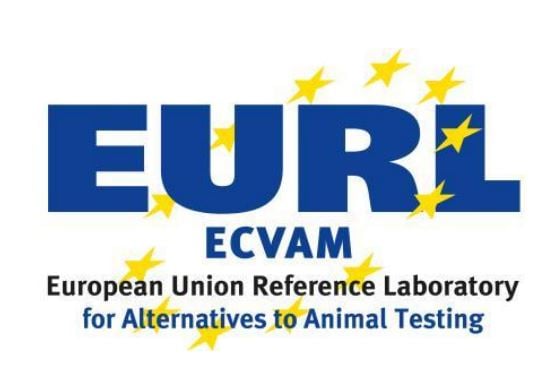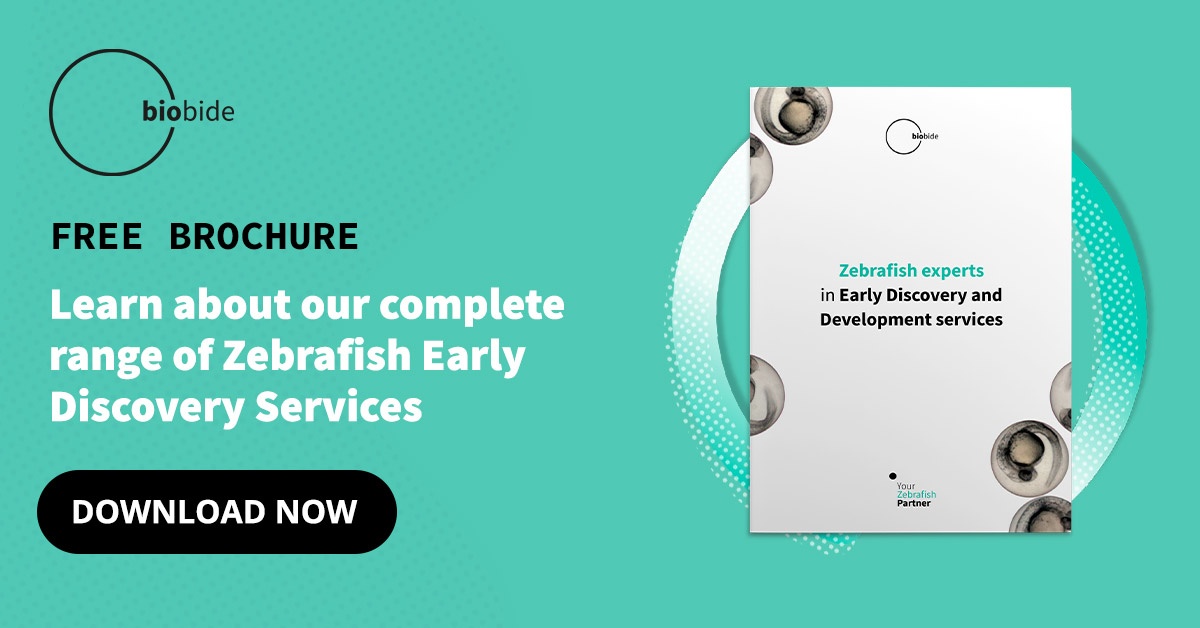The ECVAM (European Centre for the Validation of Alternative Methods) plays an important role in ensuring that alternative testing methods are appropriate and reliable. This encompasses raising awareness of the 3Rs (Reduction, Refinement, and Replacement in animal testing) and promoting their use for pharmaceutical and chemical testing.
About the ECVAM
This body is part of the JRC (Joint Research Centre), based in Italy, and is the European Commission’s science and knowledge service. The JRC exists to analyze and make use of scientific knowledge to improve the health and safety of the lives of European citizens.
Set up in 1991, the ECVAM is responsible for:
- Research and Development
- Dissemination of information and sharing knowledge on the 3Rs
- Promotion of the 3Rs and alternative non-animal testing approaches
- Validating alternative methods for chemical safety assessment
Initially, the ECVAM undertook much work on the safety of cosmetic testing, which was high-profile in terms of animal testing at the time. Since then, the entity has developed its strategies to study the use of chemicals and their effect on the environment and how alternatives can be used for medical research.
The ECVAM has its state-of-the-art in vitro laboratory which is used to carry out non-animal-based testing (cell and chemical-based mainly) and present them as viable alternative models.
The organization educates at all levels, starting from primary school children to senior scientists. Focussing attention on the objectives of the 3Rs and sharing resources and information is fundamental to implementing the 3Rs policy through reaching current and future decision-makers.

The ECVAM’s role in promoting the 3Rs
The 3Rs is a European Union policy that states when testing on animals is necessary, and it should be done ethically, minimizing the suffering and ensuring the welfare of the animals. This goes by using alternative methods when possible. The policy’s objectives are to:
- Reduce – minimize the number of animals used in experiments
- Refine – protect animal welfare and minimize suffering
- Replace – replace animal testing with alternative models
Modern technology has enhanced the use of a wide range of alternative models, from human cell testing to computer simulation.
As part of the 3Rs’ policy, the ECVAM promotes alternative methods such as:
- Alternative species – e.g. zebrafish
- Computer simulations
- Cell cultures
- Organs on a chip
- Human cell models
- Tissue engineering
- Microfluidic chips
- Fungal models
In addition to being a substitute for animal testing, these alternative models have other benefits, ranging from reduced research and development costs to obtaining faster test results.
Each year the ECVAM publishes a valuable industry report on the current situation regarding alternative methods. The latest version can be found here in this link.
What is the ICCVAM?
The ICCVAM (Interagency Coordinating Committee on the Validation of Alternative Methods) is the American equivalent of the ECVAM. Both carry out similar roles – to highlight the benefits of alternative testing to the chemical, pharmaceutical, and other relevant industries.
The ICCVAM also promotes the adoption of the 3Rs policy. Both agencies liaise and collaborate to refine the use of animal testing. They share information on the validation of testing methods, carry out joint workshops and work together on the various EU and US regulations set for drug and chemical testing.
This avoids the duplication of unnecessary testing, therefore reducing costs and speeding up the process in some cases. However, each organization is independent and has no official relation with the other.
This collaboration assists with meeting the objectives of the OECD (Organisation for Economic Co-operation and Development), which addresses social, environmental, and economic challenges to create a better social environment internationally.
Zebrafish and the 3Rs policy
The zebrafish complies with the 3Rs policy as it can reduce the use of animals in drug and chemical testing, refine experimentation, and even in some cases replace animals such as mice and rats. Additionally, the larvae of these tiny tropical fish are not considered animals until approximately 5-6 days after they fertilize, when they become embryos with independent feeding and free-swimming, making them an ideal model for testing under fewer ethical issues with a small quantity of product needed.
Due to their small size, zebrafish are a cost-effective replacement for animal testing as they have a reduced cost to house and maintain compared to mammals. They also reproduce every few days, with the capacity for producing 300 eggs per female fish, providing an ample supply of testing samples, with more statistical power. In addition, they present a high genetic homology with humans, around 80%; fast organ development, and transparency.
A good example of the use of the zebrafish model for toxicology and biomedical research is Biobide, a pioneer company in the use of this New Alternative Model (NAM). Biobide develops High Content Screening (HCS) assays and offers genetically modified zebrafish lines for evaluating the toxicity or efficacy of chemicals and pharmaceuticals in various organs, such as the liver, kidneys, or heart, among others. More importantly, Biobide uses its wide expertise in the zebrafish alternative model to offer tailor-made solutions for biomedical research in a cost-effective, fast, highly reproducible, and high-scale manner.
The ECVAM is an important source of information and guidance in the field of alternative testing and an ideal reference point for scientific research.
Sources
- https://joint-research-centre.ec.europa.eu/eu-reference-laboratory-alternatives-animal-testing-eurl-ECVAM_en
- https://publications.jrc.ec.europa.eu/repository/handle/JRC127780
- https://ntp.niehs.nih.gov/whatwestudy/niceatm/iccvam/index.html
- https://www.sciencedirect.com/science/article/pii/B9780128136973000135
- https://www.researchgate.net/publication/5564509_Food_for_thought_on_globalization_of_alternative_methods#pf5





